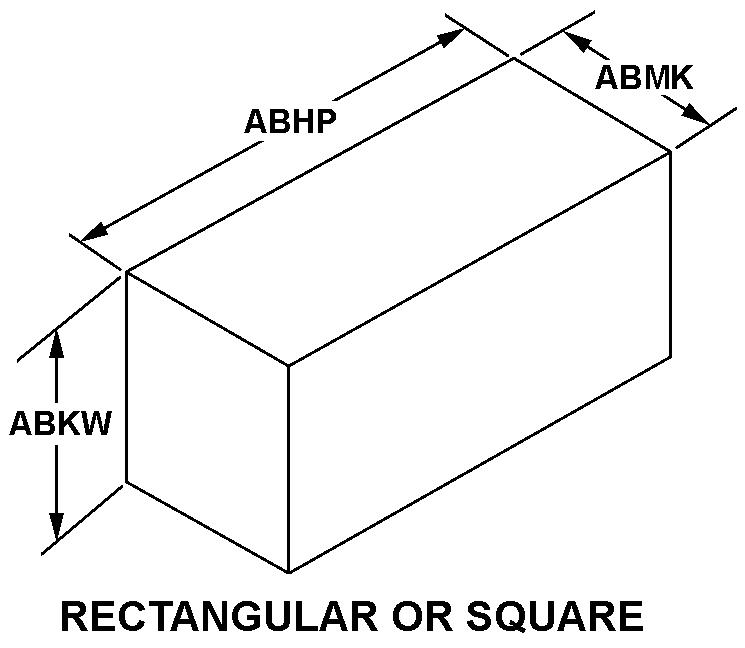5895015508711
Price Quote Get an up to date pricing and availability quote for this product. Order online or over the phone.
Quality Commitment
Serving our customers with quality and safety first.
- AS9120 Certified
- Audited supply chain
- ITAR Registered
- DDTC Registered
- HAZMAT Certified
- Customer service objectives
- Every product 100% inspected

5895-01-550-8711 Specification Set by the OEM (see RNCC code 3)
17.290in. ⁓17-19/64"
1.712in.
16.140in.
+32.0/+104.0 deg fahrenheit
-40.0/+167.0 deg fahrenheit
rectangular or square
2000.0 meters
partially inclosed
rack
solid state
100.0 single voltage and 240.0 single voltage
48 ports wire speed 10/100/1000 BASE-T RJ-45 female; 4 alternative ports can accommodate optional 1000BASE-X sfp optics; image management port 10/100BASE-Tx RJ-45 female dte; indicators for fan, PS1, PS2; power supply status green (operational) red (faulty) ; system status green and red; image management port green (good) and orange (disabled/off, not connected) ; power supply input current 4.0 amps at 100.0 volts or 2.0 amps at 240.0 volts; output current 25.0 amps at 12.0 volts dc; ac power 300.0 watts; weight of switch with power supply 16.5 pounds; relative humidity 10.0 to 90.0 percent noncondensing; includes fan tray
used for server switching
Cross Reference Parts Part numbers that meet the specification outlined on this page and set by the OEM
Identification Item Identification Guide (IIG) and Item Name Code (INC)

Definition Definition of approved item name (AIN): "SWITCH,ELECTRONIC"
An electronic device which provides for the transfer of the electrical signal input from one component to another, or between two or more components. It may also provide a continuous sequency of switching or sampling of a number of circuits. See also gate, electronic.
5895-01-550-8711 Material Hazmat, Precious Metals, Criticality, Enviroment, and ESD
Indicates there is no data in the hmirs and the nsn is in a fsc not generally suspected of containing hazardous materials.
Item does not contain precious metal.
No known electrostatic discharge (esd) or electromagnetic interference (emi) sensitivity.
Represents items with no adp components
The item does not have a nuclear hardened feature or any other critical feature such as tolerance, fit restriction or application.
Identification Codes
HMIC: Hazardous Material Indicator Code. A one position code that identifies a hazardous item.
PMIC: Precious Metal Indicator Code. A one position code which identifies items that have precious metals as part of their content. precious metals are those metals generally considered to be uncommon, highly valuable, and relatively superior in certain properties such as resistance to corrosion and electrical conductivity.
ESD: Electrostatic Discharge. Indicates if an item is susceptible to electrostatic discharge or electromagnetic interference damage. electrostatic discharge damage occurs when an accumulation of static electricity generated by the relative motion or separation of materials is released to another item by direct contact. electromagnetic interference damage occurs when an item comes into proximity with an electrostatic or magnetic field.
ENAC: Enviromental Attribute Code. Identifies items with environmentally preferred characteristics.
CRITL: Criticality Indicator Code. Indicates an item is technically critical by tolerance, fit, application, nuclear hardness properties, or other characteristics.






